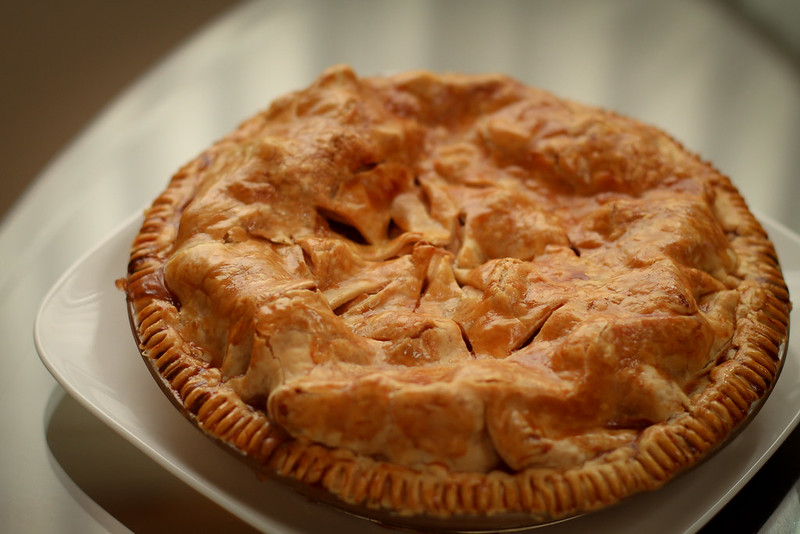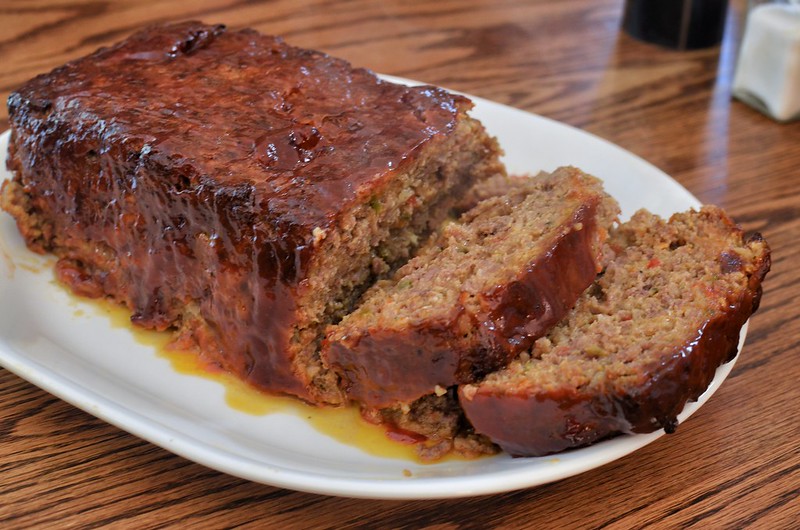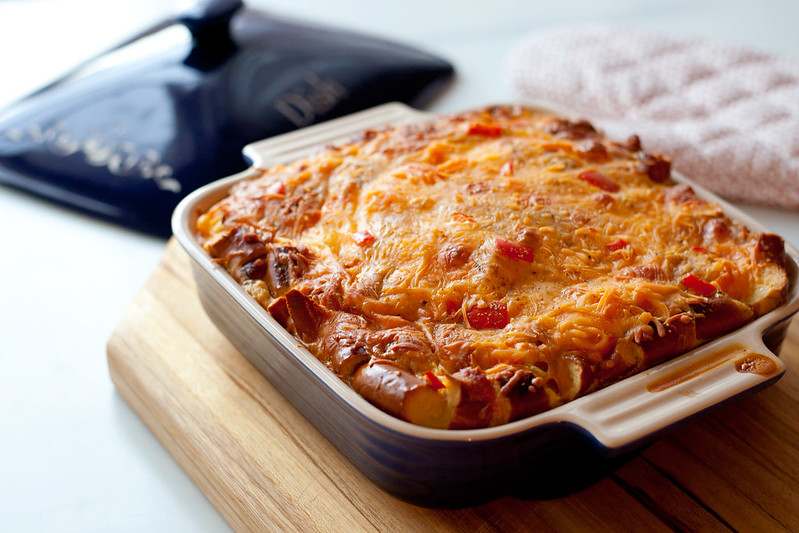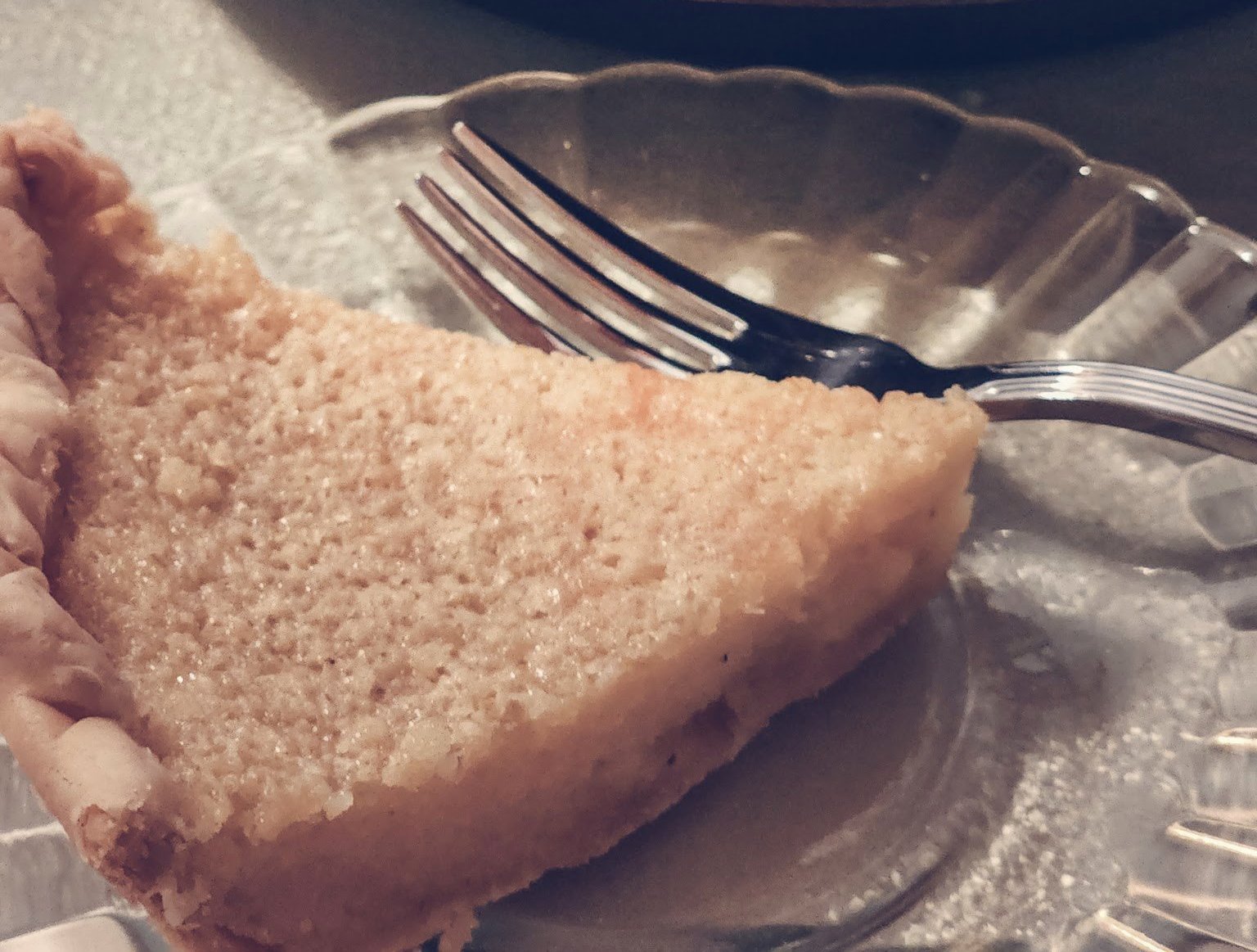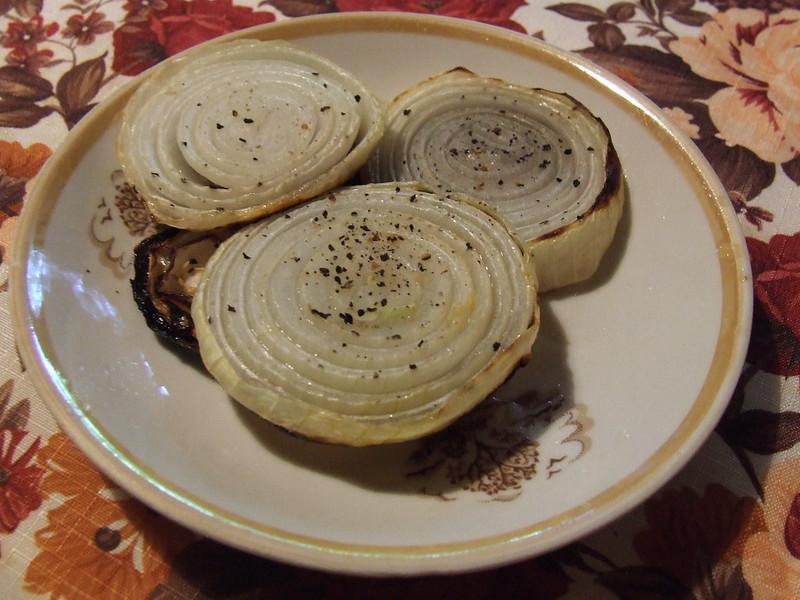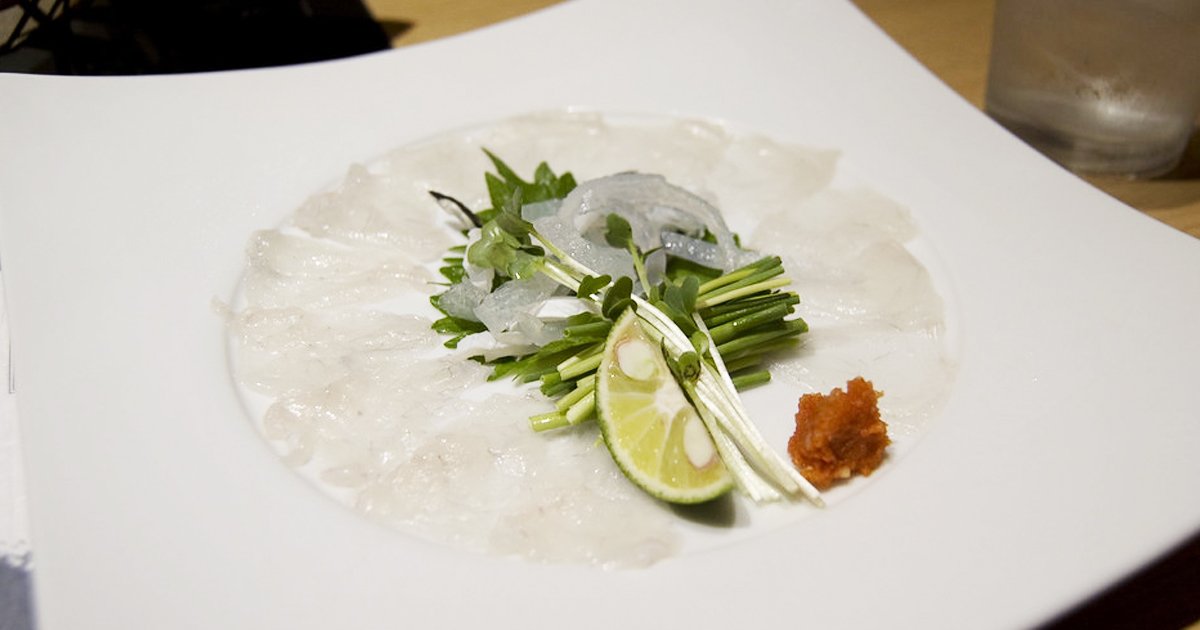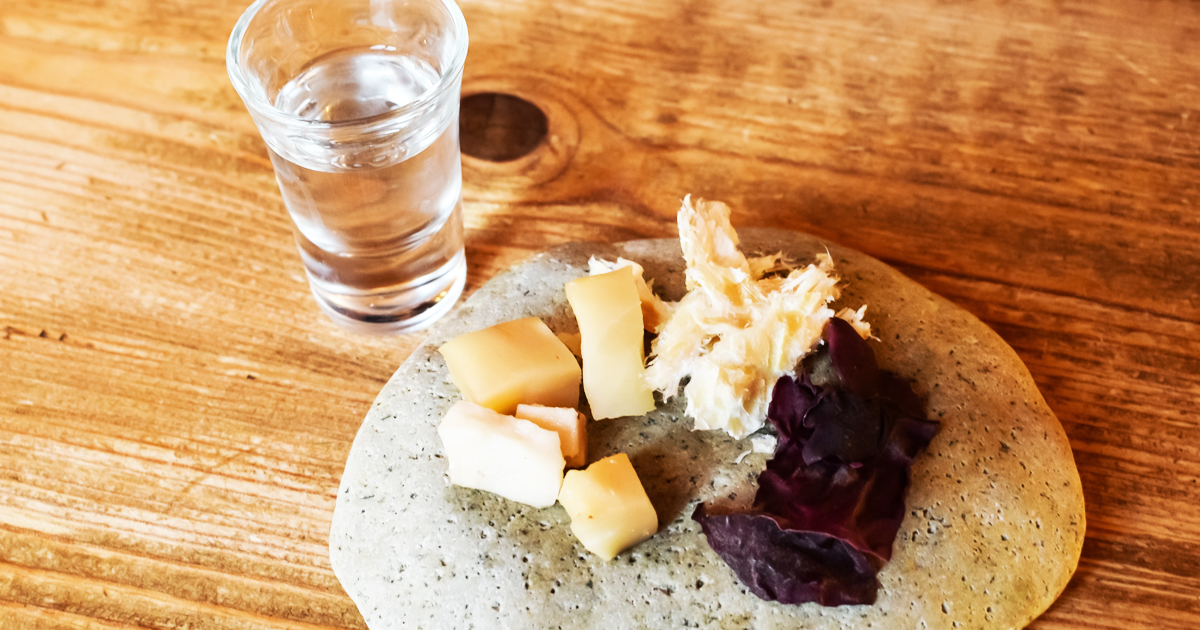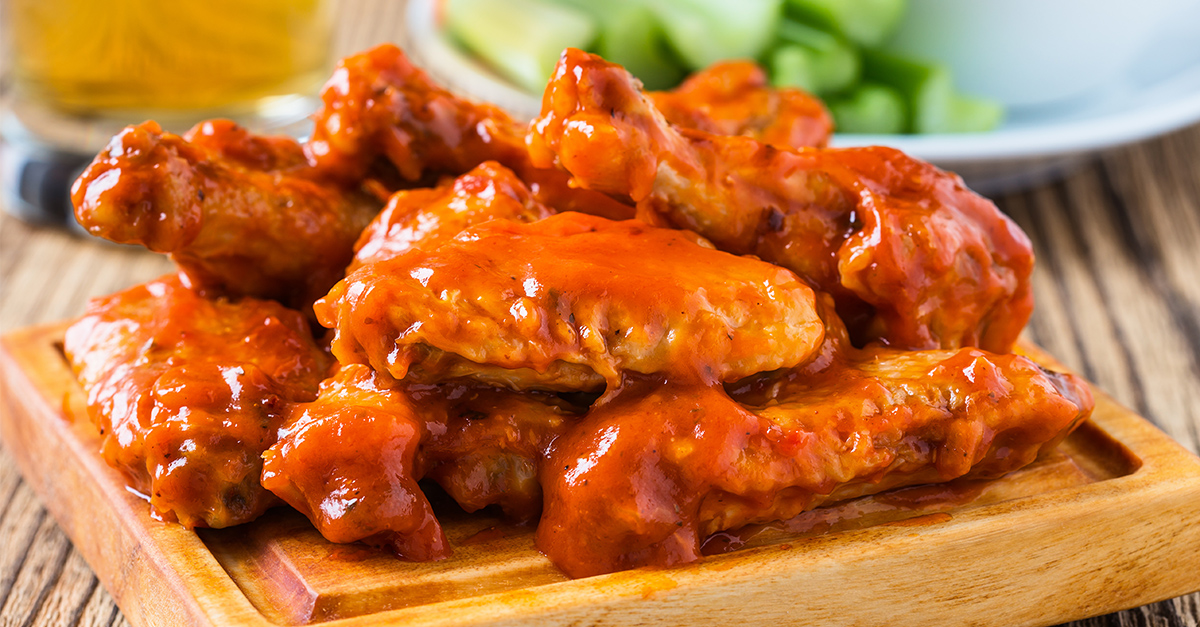Cuisine During The Great Depression
During the Great Depression, people had to resort to eating some budget-friendly meals—and some of them were downright shocking.

Dandelion Leaves
During the Depression, Italian immigrants often foraged to put food on the table. One ingredient that they looked for was dandelion greens. Some even believed that the government should have taken note.
 Sunasce007, CC BY-SA 4.0, Wikimedia Commons
Sunasce007, CC BY-SA 4.0, Wikimedia Commons
The Power Of Foraging
In early spring, dandelion greens could be foraged from backyards, parks, and different spots around the city. These leaves were a great source of vitamins and also very palatable.
Dandelion greens could be cooked with white beans, used in salads, or sautéed with olive oil. And the best part?
It didn't cost a cent.
The Ritz Mock Apple Pie
Buckle up, because this is a sad one. The Ritz Mock Apple Pie was an incredibly popular dish during the Depression... even though its recipe didn't call for a single apple.
A Puzzling Dish
Apparently, just the aroma of the crackers mixed with lemon juice, cinnamon, butter, and sugar was enough to trick one's mind into tasting real apples. However, those who have tried to recreate this dish can't seem to understand why it was so popular.
Apparently, it just tastes of lemons.
The truth, therefore, is downright...well, depressing.
 Shisma, CC BY 4.0, Wikimedia Commons
Shisma, CC BY 4.0, Wikimedia Commons
It Brought Back Great Memories
You see, the dish was likely more about conjuring up a comforting memory of apple pie than about creating the exact flavor of apple pie. Just the visual image of it combined with its warm scent was enough of a pleasant experience.
Kraft Dinner
The Great Depression certainly wasn't known for its delicious cuisines. However, it did give rise to one of the most delicious cheap meals on the planet: Kraft Macaroni & Cheese Dinner.
The Origin Story
The origin story of Kraft Dinner began in 1937. One of the Tenderoni Macaroni company's salesmen began uniquely selling his noodles with packages of grated cheese made by Kraft.
When Kraft caught wind of this idea, they took full advantage of it.
 Bodhi Peace, CC BY-SA 4.0, Wikimedia Commons
Bodhi Peace, CC BY-SA 4.0, Wikimedia Commons
Made For Poor Americans
Kraft began promoting the noodles and cheese concept, marketing it toward poor Americans. The price? Only 19 cents for four servings. But that wasn't the only selling point.
 cogdogblog, CC BY 2.0, Wikimedia Commons
cogdogblog, CC BY 2.0, Wikimedia Commons
Quick And Delicious
As we all know, Kraft Dinner has a quick preparation time.
One of its early advertisements showed a delighted husband saying, "How the deuce did you make this keen macaroni and cheese so fast? Why we just got home"!
Milkorno
In 1933, scientists from Cornell University came up with a meal that would help struggling families. They touted their product as "Meals For a Family of 5 For $5 a Week". This was Milkorno—a porridge made of cornmeal, skim milk, and salt.
Porridge For Hunger Relief
Milkorno was exactly what it sounded like—a mixture of "milk" and "corn". But that was just the beginning.
You could also purchase Milkoato and Milkwheato. Milkwheato just happened to come out on top. To aid in hunger relief, the government bought 25 million pounds of it.
 Georgia About, CC BY 3.0, Wikimedia Commons
Georgia About, CC BY 3.0, Wikimedia Commons
Loaves
During the Great Depression, folks could really make a little go a long way. Enter: loaves. There were all kinds of loaves:
lima bean loaf, liver loaf, peanut loaf—and if you were very lucky—real meatloaf.
 roygbivibgyor, CC BY 2.0, Wikimedia Commons
roygbivibgyor, CC BY 2.0, Wikimedia Commons
A Little Goes A Long Way
According to food historians, loaves were such a staple in cooking throughout the Great Depression as they “were made from an ingredient and a cheap thing that stretches the ingredient out”.
 Roundhere44, Wikimedia Commons
Roundhere44, Wikimedia Commons
Fill 'Er Up
Even if you had the luxury of serving an actual meatloaf, it always had other fillers, including, “bread and crackers, quick-cooking oats, tapioca, breakfast cereal, and powdered sauce mixes”.
Red Velvet Cake
Though red velvet cake might seem like a luxurious dessert option now, that likely wasn't always the case.
However, the origin story of red velvet cake is murky, to say the least.
Where Did It Come From?
Some believe red velvet cake has its roots in the South, while other believe it was first served by the Waldorf-Astoria Hotel in the 1920s. But perhaps the most popular belief is that it began during the Great Depression.
 Misharim, CC BY 4.0, Wikimedia Commons
Misharim, CC BY 4.0, Wikimedia Commons
Chocolate Cake's Cousin
Some say that red velvet cake began as a sad "a cousin of chocolate cake". Instead of using high-quality butter, home cooks used cheaper vegetable oil. Instead of using piles of decadent cocoa, they'd only use a very small amount. And the famous red color?
Make It Fancy
Well, some say that the red velvet cake's glorious color was natural, a result of mixing old-fashioned cocoa, buttermilk, vinegar, and baking soda.
Other believe that folks used red food coloring to compensate for the fact that it was a lesser chocolate cake.
Hot Dog Stews
During the Great Depression there was actually a recipe for "poor man's stew". The main ingredient? Hot dogs. This stew was, of course, a staple meal for poverty-stricken Americans.
Simply fry some onion and potatoes and then sparingly add a few pieces of hot dog. However, this wasn't the only iteration of the stew.
Name After A President
There was even a hot dog stew named after a US president—"Hoover stew". This recipe was a bit different, calling for canned corn or peas, stewed tomatoes, macaroni, and hot dogs.
Prunes In The White House
The first lady Eleanor Roosevelt was not only a staunch feminist, but she also supported the home economic movement. During the Great Depression, the cuisine consumed at the White House was known to be bland and uninspiring.
Even The President Had Humble Meals
Eleanor and FDR dined on meals such as "deviled eggs served in a tomato sauce with a side of mashed potatoes". For dessert, they'd finish everything off with "prune whip".
Dried Fruit
Understandably, fruit was scarce during the Depression era.
That's why prunes and other dried fruit became so popular—the best substitutes available.
The First Lady's Recommendation
To help American citizens make it through the Great Depression, Eleanor Roosevelt also threw her support behind certain simple dishes. For instance, there was a very unique casserole made from spaghetti, white sauce, and boiled carrots.
But that wasn't all.
 Jacek Halicki, CC BY-SA 4.0, Wikimedia Commons
Jacek Halicki, CC BY-SA 4.0, Wikimedia Commons
The Go-To Casserole
For this so-called casserole, the spaghetti had to be cooked down to a mush. This usually took about 25 minutes. This way, the spaghetti and the carrots would come together as a "vehicle for nutrition and nutrients". Delicious? Probably not. But cheap and filling?
Yes.
Gelatin Dishes
If there's one meal we look back on with revulsion, it might just be any kind of gelatin dish. In the 1930s, however, it was a great source for protein, and therefore many cookbooks from the time had gelatin recipes.
"Wrong In Every Way Possible"
For instance, corned beef luncheon salad was a shocking combination of gelatin, lemon juice, vinegar, peas, and corned beef.
The historian Jane Ziegelman called it “wrong in every way possible—just from the color to the smell, the texture, the flavor, and the way it feels in one's mouth”.
Vinegar Cobbler
Have you ever heard of "Desperation Pies"? Well, the name fits the recipe as only one truly desperate would find enjoyment in devouring one of these sad pies.
Again, there was no fruit to be found in these so-called "pies".
Similar to the Ritz Mock Apple Pie, vinegar cobbler used a substitute for apples—apple cider vinegar.
Peanut Butter-Stuffed Onions
Yes. Peanut butter-stuffed onions. Who was responsible for suggesting this unfortunate dish? Well, based on historical records, the Bureau of Home Economics published the recipe in magazines and newspapers.
 FranHogan, CC BY-SA 4.0, Wikimedia Commons
FranHogan, CC BY-SA 4.0, Wikimedia Commons
The Worst Way To Eat Peanut Butter?
Budget-friendly recipes like peanut butter-stuffed onions were aimed at struggling homemakers, but sadly, this just wasn't a winning combo.




